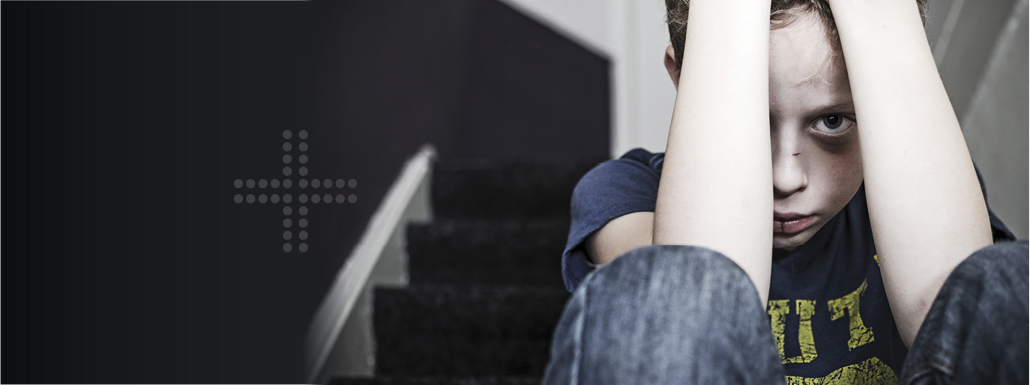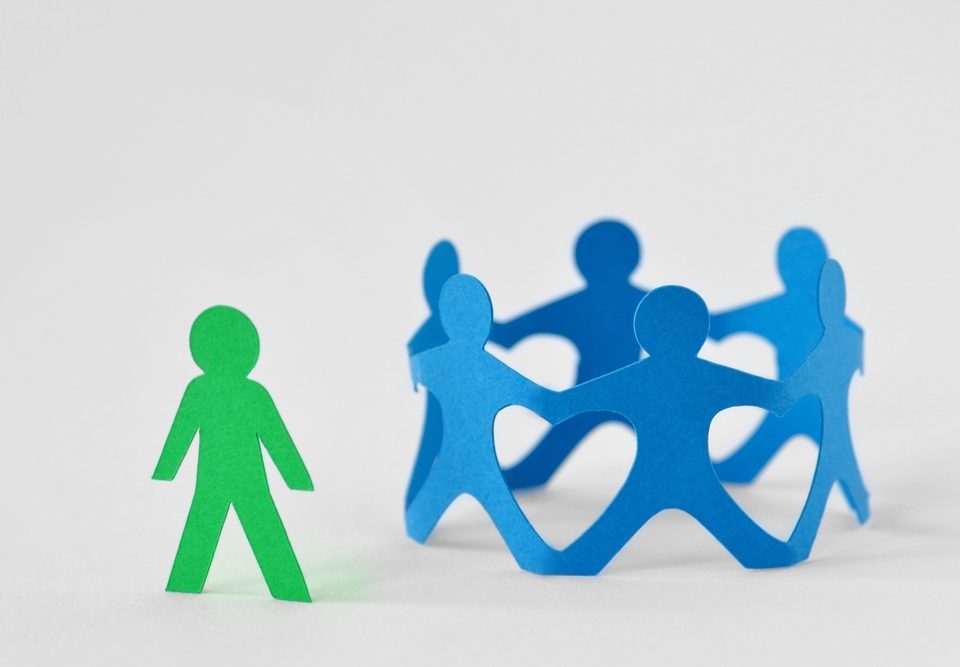
Unhealthy Relationships
June 30, 2015
The Deepest Cut
July 29, 2015While there is no magic equation indicating that your child is dealing with a bully—or being one—these common signals can help you identify the problem and take action.
SIGNS YOUR CHILD IS BEING BULLIED
Comes home with damaged or missing pieces of clothing, books and other belongings.
Has unexplained cuts, bruises and scratches.
Seems afraid of going to school, including walking to and from school, riding the school bus, or taking part in organized clubs and activities.
Has lost interest in schoolwork or suddenly begins to do poorly in school.
Appears sad, moody, teary or depressed when he or she comes home.
Complains frequently of headaches, stomachaches or loss of appetite.
Has trouble sleeping or has frequent bad dreams.
Appears anxious and suffers from low self-esteem.
Becomes aggressive and unreasonable.
Begins to bully other children, especially siblings.
SIGNS YOUR CHILD IS BEING A BULLY
Taunts, intimidates, harasses or excludes others, especially weaker or younger children.
Spreads rumors verbally and or electronically that hurt or ruin another’s reputation.
Is physically aggressive (hits, punches, kicks, slams, chokes).
Has positive views of violence.
Has the need to control and dominate others.
Damages another child’s property or clothing.
Is quick-tempered, impulsive and easily frustrated.
Refuses to accept responsibility or denies wrongdoing when evidence shows guilt.
Good at talking his or her way out of situations.
Is insensitive to the feelings or needs or others; a lack of empathy


